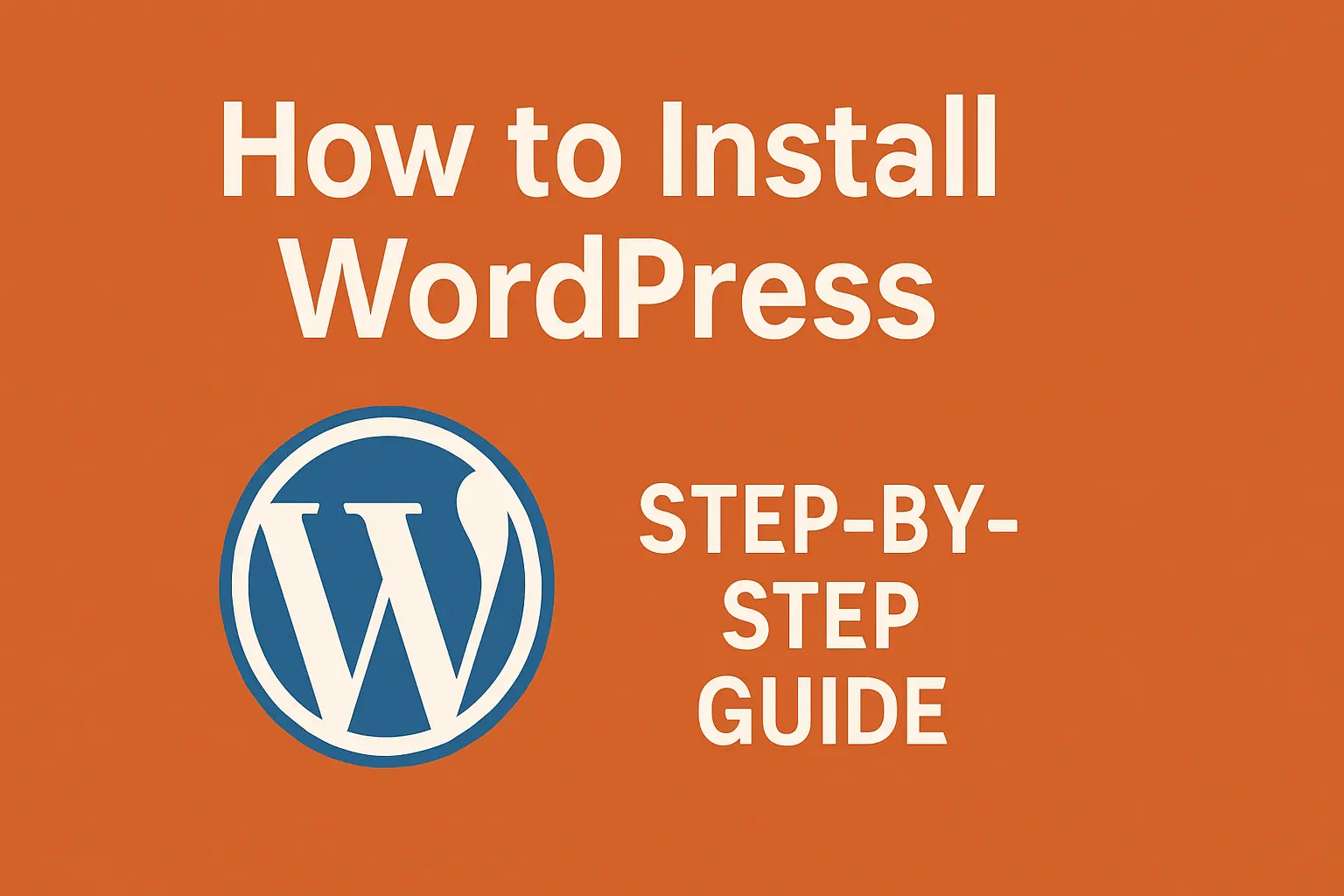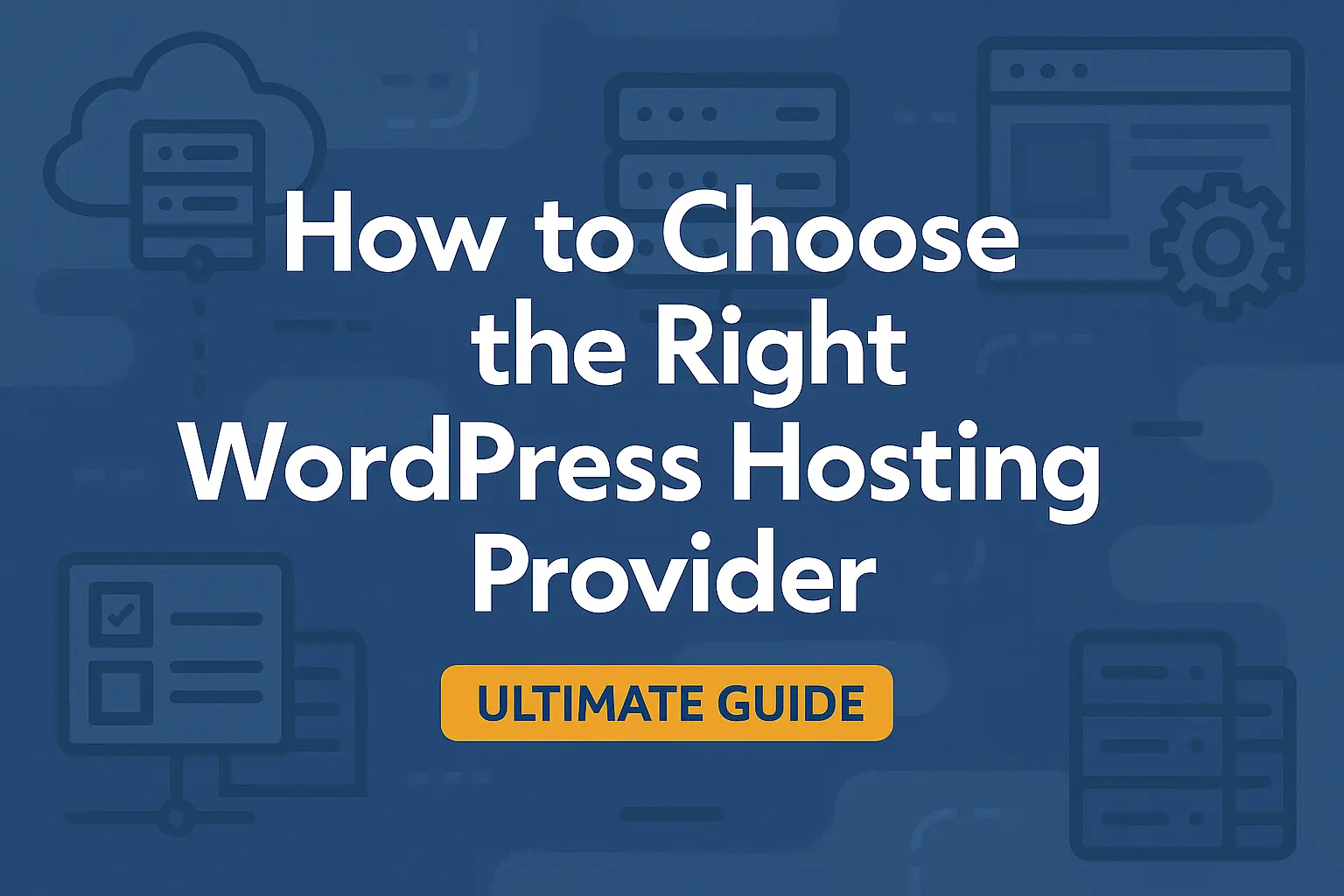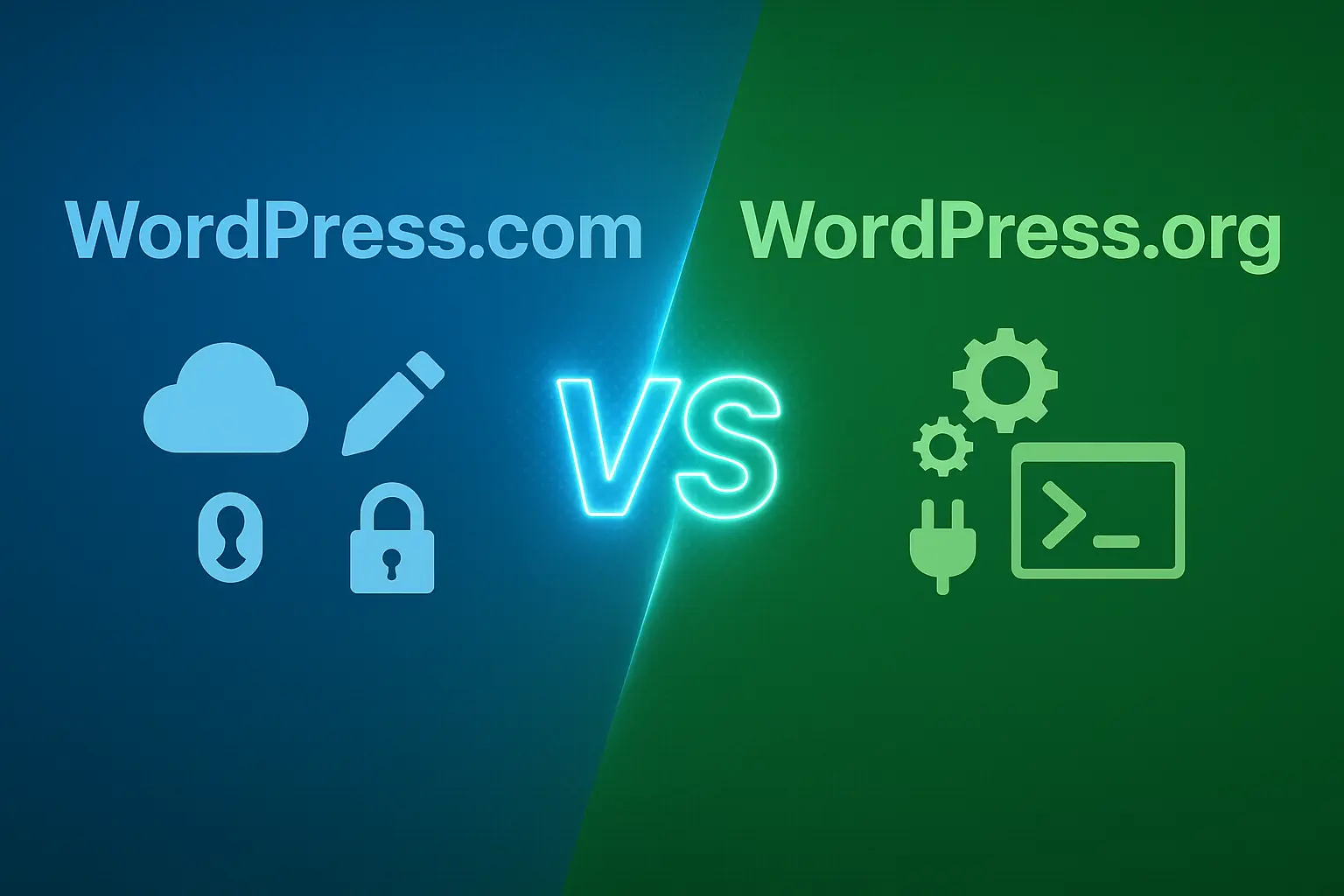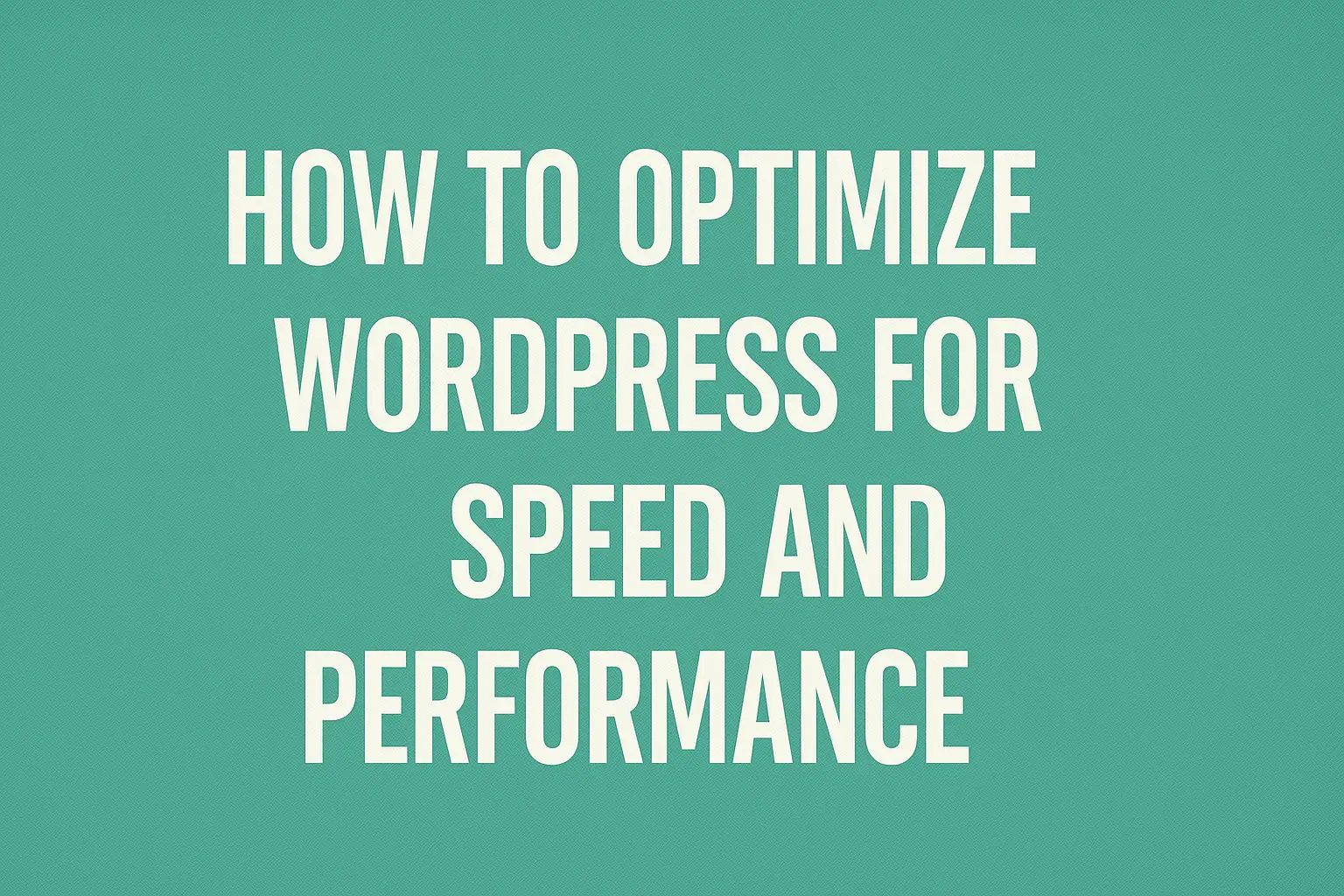Looking for a way to install WordPress? WordPress is the most popular Content Management System (CMS), powering over 40% of websites on the internet. Whether you want to start a blog, an eCommerce store, or a business website, WordPress is an excellent choice. In this guide, we will walk you through the step-by-step process of installing WordPress.
Method 1: Installing WordPress on a Web Hosting (One-Click Install)
Many web hosting providers offer a convenient one-click WordPress installation feature, which significantly simplifies the process of setting up a website. With just a single click, users can automatically install the WordPress content management system, eliminating the need for manual file uploads or complex database configurations. This user-friendly approach not only saves time but also makes the platform accessible to those with little to no technical expertise. Additionally, many of these providers include useful features such as automatic updates, built-in security measures, and customer support to ensure a smooth experience for new users.
Step 1: Choose a Hosting Provider
Some popular WordPress hosting providers include:
Step 2: Log Into Your Hosting Account
- Sign in to your hosting account.
- Navigate to the control panel (cPanel or custom dashboard).
Step 3: Locate the WordPress Installer
- Look for “Softaculous,” “WordPress Installer,” or “One-Click Install.”
- Click on the WordPress icon.
Step 4: Configure WordPress Settings
- Choose your domain name.
- Set the site name and description.
- Create an admin username, password, and email.
Step 5: Install WordPress
Click the “Install” button and wait for the process to complete. Once done, you will receive a confirmation email with login details.
Method 2: Installing WordPress Manually (Using cPanel & FTP)
If you would like to perform a manual installation, please follow these detailed steps to ensure a successful setup:
Step 1: Download WordPress
Visit the official WordPress website (https://wordpress.org/download/) and download the latest version.
Step 2: Upload WordPress Files to Your Server
- Log into your hosting control panel (cPanel).
- Open “File Manager” and go to the
public_htmldirectory. - Upload and extract the WordPress
.zipfile.
Step 3: Create a MySQL Database
- Navigate to “MySQL Databases.”
- Create a new database.
- Create a database user and assign it full privileges.
- Note down the database name, username, and password.
Step 4: Configure the wp-config.php File
- Locate
wp-config-sample.phpin the WordPress folder. - Rename it to
wp-config.php. - Edit the file and enter your database details:
define('DB_NAME', 'your_database_name'); define('DB_USER', 'your_database_user'); define('DB_PASSWORD', 'your_database_password'); define('DB_HOST', 'localhost'); - Save and upload the file.
Step 5: Complete the Installation
- Open your browser and go to
yourdomain.com/wp-admin/install.php. - Follow the on-screen instructions to complete the installation.
Method 3: Installing WordPress Locally (For Development)
If you want to test WordPress on your computer before going live, you can install it locally using a local server environment, such as XAMPP, WAMP, or MAMP. These tools allow you to create a server setup on your machine, providing the necessary components like Apache, MySQL, and PHP to run WordPress seamlessly. After installing one of these applications, download the latest version of WordPress from the official website. Next, create a new database via your local server’s database management tool, such as phpMyAdmin. Finally, unzip the WordPress package into the designated local server directory and follow the installation wizard to configure your new site. This allows you to experiment with themes, plugins, and customizations in a safe, offline environment before launching your website to the public.
- XAMPP (Windows & Mac)
- MAMP (Mac)
- Local by Flywheel
Step 1: Install XAMPP or MAMP
- Download and install XAMPP (https://www.apachefriends.org/index.html) or MAMP (https://www.mamp.info/en/).
- Start the Apache and MySQL services.
Step 2: Download & Extract WordPress
- Download WordPress from https://wordpress.org/download/.
- Extract it into the
htdocs(XAMPP) orSites(MAMP) folder.
Step 3: Create a Local Database
- Open
http://localhost/phpmyadmin/in your browser. - Create a new database.
Step 4: Install WordPress
- Open
http://localhost/wordpress/in your browser. - Please ensure that you carefully follow the detailed installation instructions provided earlier. Make note of each step, as they are designed to guide you through the process methodically. Pay particular attention to any required tools or materials, as well as specific configurations or settings that may be necessary for optimal performance. If you encounter any uncertainties, refer back to the original instructions for clarification.
Final Thoughts
Congratulations! You have successfully installed WordPress. Whether you used a one-click install, manual setup, or a local installation, you are now ready to create your website. Next, you can start customizing your site with themes and plugins.
Next Steps:
- Choose a WordPress theme and customize your site.
- Install essential plugins.
- Optimize your website for speed and SEO.
Stay tuned for more WordPress tutorials at WpFresher.com. 🚀



